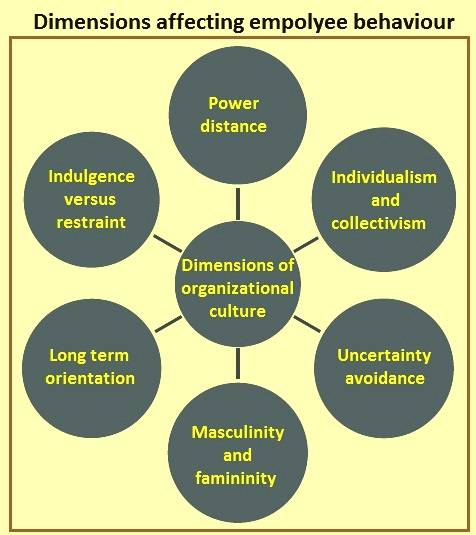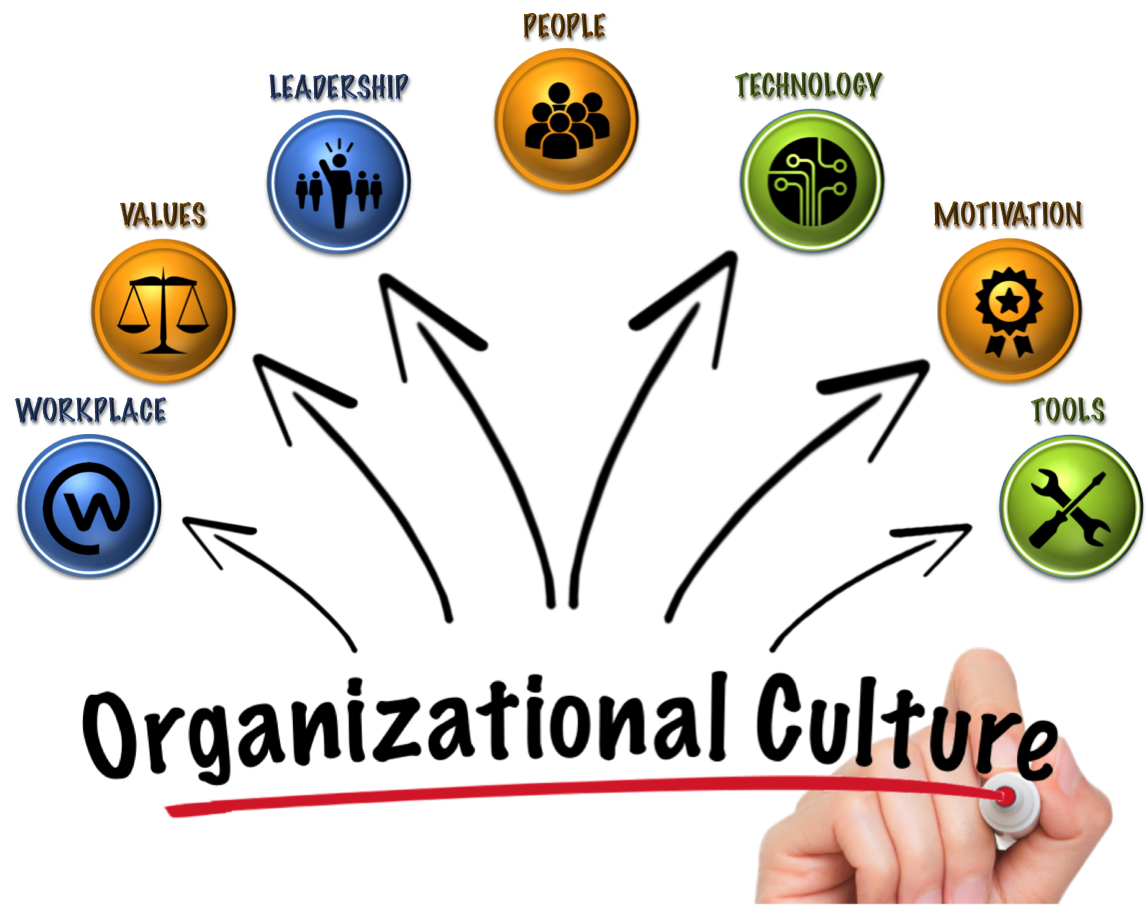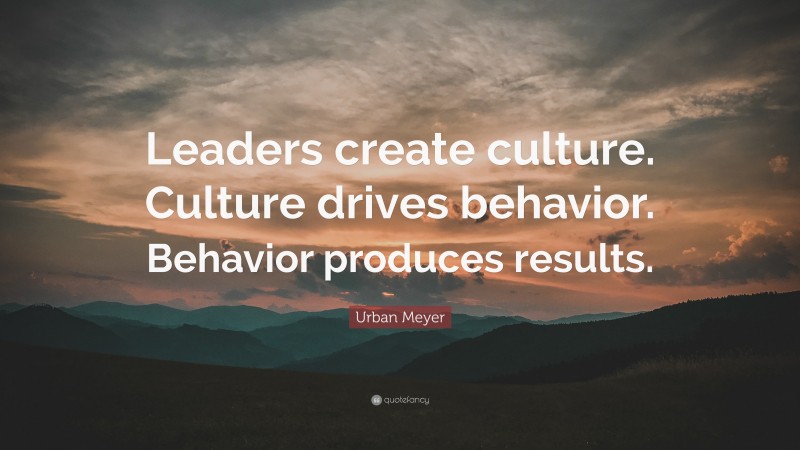ORGANIZATIONAL CULTURE AND EMPLOYEE BEHAVIOUR Presentation
| Introduction | ||
|---|---|---|
| Organizational culture refers to the values, beliefs, and behaviors that shape the unique personality of an organization. Employee behavior is influenced by the organizational culture in which they operate. Understanding the relationship between organizational culture and employee behavior is crucial for creating a positive work environment. | ||
| 1 | ||
| Types of Organizational Culture | ||
|---|---|---|
| Clan Culture: Emphasizes collaboration, teamwork, and employee involvement. Adhocracy Culture: Encourages innovation, risk-taking, and adaptability. Market Culture: Focuses on competition, achievement, and results. | ||
| 2 | ||
| Impact of Organizational Culture on Employee Behavior | ||
|---|---|---|
| Culture sets norms and expectations for employee behavior. A positive culture promotes employee engagement, productivity, and satisfaction. A negative culture can lead to low morale, high turnover, and resistance to change. | ||
| 3 | ||
| Employee Behavior and Organizational Values | ||
|---|---|---|
| Employees align their behavior with the values of the organization. Strong alignment between employee behavior and organizational values leads to a positive culture. Inconsistency between behavior and values can create conflicts and hinder organizational success. | ||
| 4 | ||
| Organizational Culture and Communication | ||
|---|---|---|
| Culture influences the way employees communicate and interact. Open and transparent communication fosters trust and collaboration. Barriers to communication, such as hierarchical structures, can hinder employee engagement. | ||
| 5 | ||
| Organizational Culture and Leadership | ||
|---|---|---|
| Leaders play a crucial role in shaping and maintaining organizational culture. Leaders should embody the desired culture through their actions and behaviors. Effective leadership aligns employee behavior with the desired culture. | ||
| 6 | ||
| Organizational Culture and Employee Engagement | ||
|---|---|---|
| A positive culture enhances employee engagement and commitment to the organization. Engaged employees are more likely to go the extra mile and contribute to organizational success. A toxic culture can lead to disengagement and decreased productivity. | ||
| 7 | ||
| Changing Organizational Culture | ||
|---|---|---|
| Changing culture requires a deliberate and strategic approach. It involves identifying desired values and behaviors and aligning them with organizational goals. Training, communication, and role modeling are essential for successful culture change. | ||
| 8 | ||
| Measuring Organizational Culture and Employee Behavior | ||
|---|---|---|
| Surveys and assessments can help measure and evaluate organizational culture. Employee feedback and satisfaction surveys provide insights into employee behavior. Key performance indicators (KPIs) can be used to measure the impact of culture on organizational outcomes. | ||
| 9 | ||
| Conclusion | ||
|---|---|---|
| Organizational culture significantly influences employee behavior. A positive culture leads to engaged employees and organizational success. Organizations should strive to create a culture that aligns with their values and supports desired employee behaviors. | ||
| 10 | ||
| References (download PPTX file for details) | ||
|---|---|---|
| Cameron, K. S., & Quinn, R. E. (2011). Diagno... Schein, E. H. (2010). Organizational culture ... Robbins, S. P., Coulter, M., & DeCenzo, D. A.... |  | |
| 11 | ||








